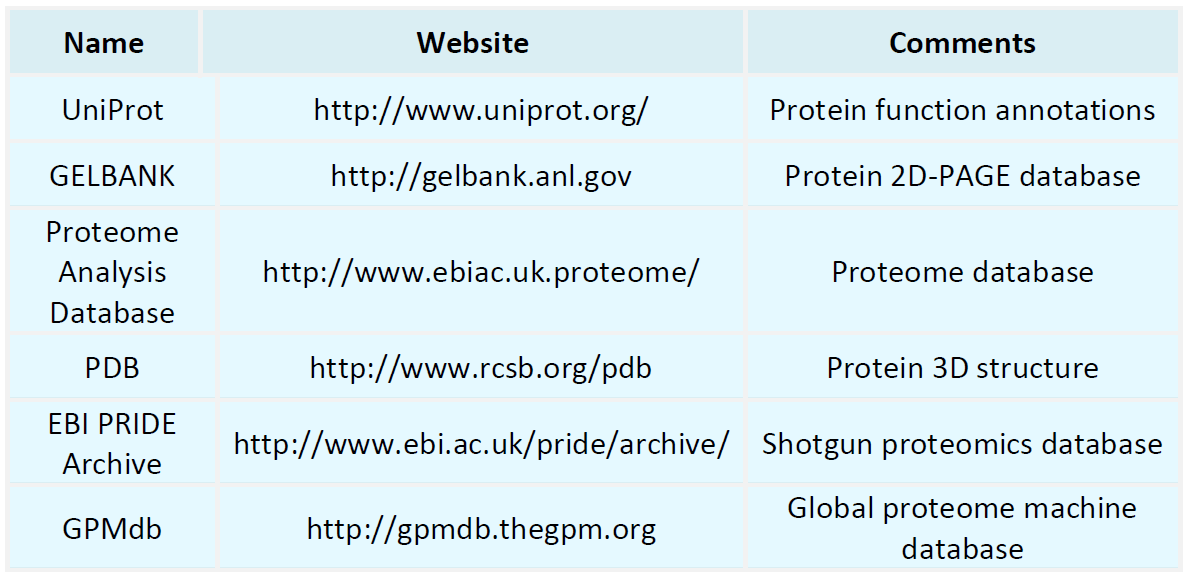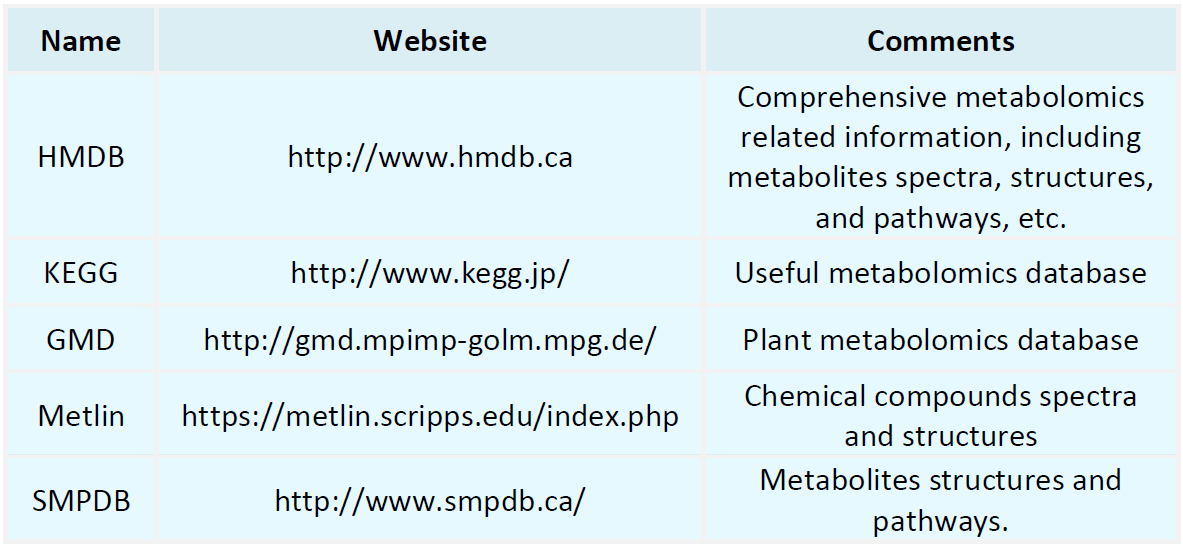Resources
Proteomics Databases

Metabolomics Databases

-
• IP Immunoprecipitation and Co-IP-MS: Technique Selection and Comparison
In the field of biomedical research, studying protein-protein interactions is of great importance. Protein-protein interactions are the foundation of many biological processes in cells, including signal transduction, metabolic regulation, and gene expression. Therefore, studying protein-protein interactions is crucial for understanding cellular biology processes and the occurrence and development of diseases.
-
• Techniques for LC-MS Protein Expression and Spectral Analysis Interpretation
Liquid chromatography-mass spectrometry (LC-MS), as an efficient and highly sensitive analytical method, is widely used for quantitative analysis of protein expression and interpretation of mass spectrometry proteomics profiles.
-
• How to Identify Source Proteins in LC-MS Immunopeptidomics?
Immunopeptidomics in the field of biopharmaceuticals is an important technique that can be used to identify and study protein expression and function. In immunopeptidomics, liquid chromatography-mass spectrometry (LC-MS) is widely used for the identification of source proteins.
-
• Comprehensive Guide to IP Immunoprecipitation: From Sample to Mass Spectrometry
IP immunoprecipitation technology is a commonly used method for studying protein-protein interactions, which can be used to detect interactions between proteins and proteins, proteins and DNA, proteins and RNA, and other biomolecules. This article will provide a detailed introduction from the preparation of samples, the principles of IP immunoprecipitation, experimental procedures, common problems and solutions, and mass spectrometry analysis.
-
• IP and Co-IP: Decoding Key Steps in Protein Interaction Networks
Proteins are important functional molecules in organisms, and studying their structure and function is of great significance for understanding biological processes and disease mechanisms. However, due to the complexity and low abundance of proteins, studying and detecting proteins has always been a challenge for scientists. In the field of biopharmaceuticals, protein detection is particularly important as they are targets or key components of many drugs.
-
• IP and Co-IP Techniques: Key Steps to Unravel Protein Interaction Networks
Proteins are one of the most important molecules in cells, playing various functions within the cell. The interactions between proteins form the basis of many biological processes inside the cell. Therefore, understanding the protein-protein interactions is crucial. Among them, Immunoprecipitation (IP) and Co-Immunoprecipitation (Co-IP) are important techniques for analyzing protein interactions.
-
• Label-Free Quantitative Proteomics: A Comprehensive Insight of Label-Free Technology
Introduction Proteins are one of the most important functional molecules in organisms, and studying the expression levels and variations of proteins is crucial for understanding biological processes and disease mechanisms. Over the past few decades, scientists have developed many proteomic techniques, one of which is label-free quantitative proteomics, also known as label-free technology.
-
• Comparing IP and MS Methods: In-Depth Analysis of Proteomics Samples
Proteomics is a discipline that studies the types, quantities, structures, and functions of proteins in biological organisms. In proteomics research, protein enrichment and analysis are often required. Among them, immunoprecipitation (IP) and mass spectrometry (MS) are two commonly used methods.
-
• Advantages of Label-Free Proteomics Analysis
Proteins are important functional molecules in organisms, and studying protein composition and expression levels is crucial for understanding physiological and pathological processes. The development of proteomics technologies has provided us with a comprehensive means to understand protein composition and function. Among them, label-free proteomics analysis has many advantages.
-
• Revealing Efficient Experimental Steps for Protein Secondary Structure Analysis
Proteins are one of the most important molecules in living organisms, playing a crucial role in cell functions and biological processes. Understanding the structure of proteins is of great significance for uncovering their functions and developing drugs. The secondary structure of proteins refers to the local structures formed by hydrogen bond interactions between amino acid residues, including α-helices, β-sheets, and random coils.
How to order?







